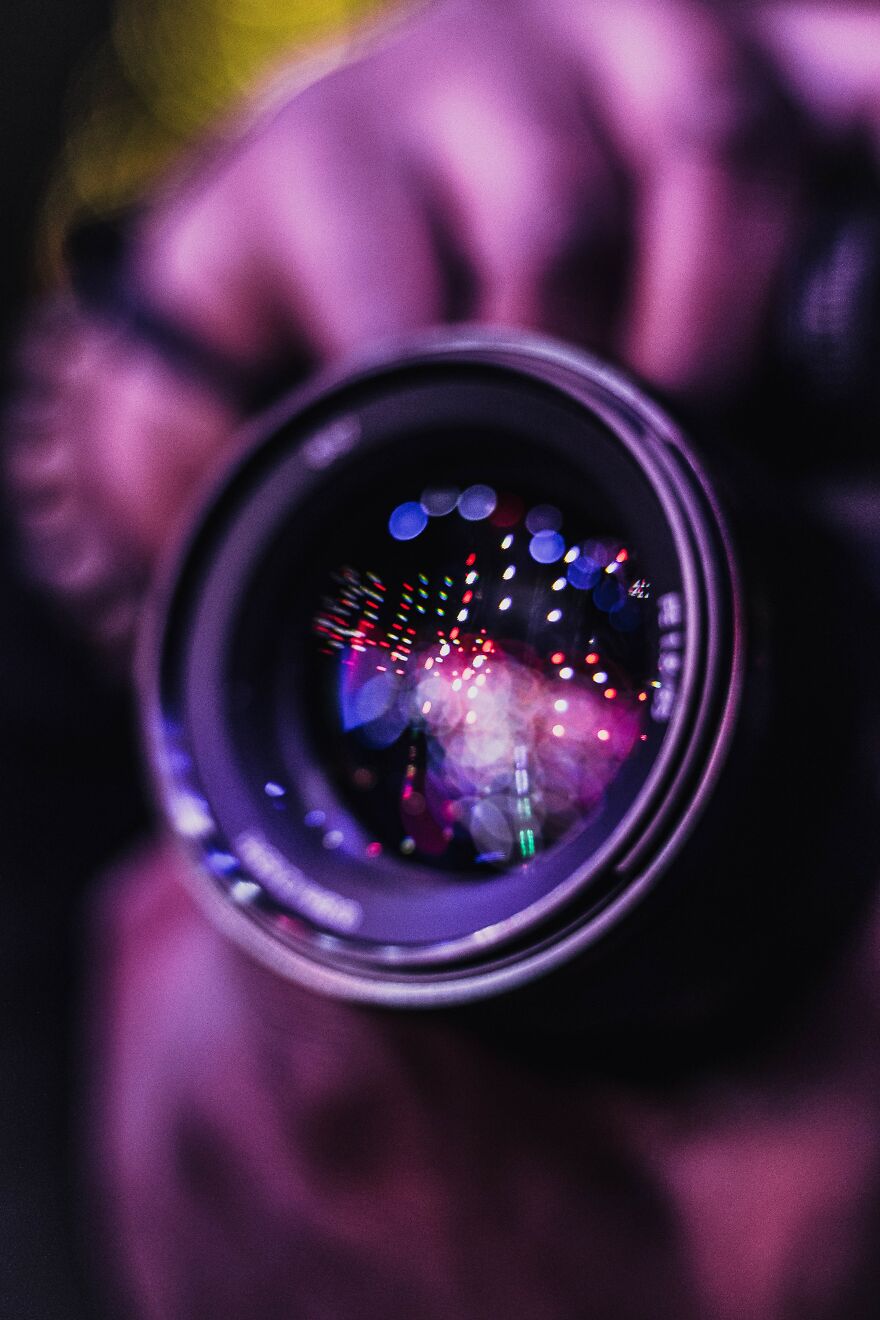Photography Tips
1. CHOOSE AN INTERESTING SUBJECT TO PHOTOGRAPH
So where do you find these interesting subjects? They can be found everywhere, from a stormy landscape, to a simple street scene, to a flower in your garden or local park.
Just take a walk around your local neighborhood with your camera, and you’re sure to find something interesting to photograph.
Click the link to get amazing presets : https://www.digistore24.com/redir/349358/Adarshsunil/
2. PAY ATTENTION TO THE LIGHT QUALITY
Something that has a big effect on how your photograph looks is the quality of light that is hitting your subject. There are two aspects of lighting that you need to pay attention to – the color of the light and how harsh / diffused the light is.
Color temperature
As a general rule, we tend to prefer photos with a warm (golden) tone. The warmest light naturally occurs around sunrise and sunset, and this is why many landscape photographers prefer this time of day.
The color temperature of a photo can also be modified by adjusting the white balance setting on your camera. And if you are taking photos using flash, you can use a warming gel on the flash to warm up the light.
Of course, in some instances you may want to go the opposite way, and use light with a cold (blue) color temperature.
Diffuse vs. harsh light
Diffuse light is where the light creates soft shadows, which is preferred for most types of photography, but particularly portraits.
Diffused light can be created by reflecting light from a large surface (like a wall), or by using a large piece of semi-transparent material between the light and your subject. This works the same way as when there is a thin layer of cloud, which diffuses the sunlight and creates a nice soft light.
Harsh light creates strong shadows. Natural light is at its harshest around midday, while an non-diffused flash will also create a harsh light. When shooting with harsh light, try and use the strong shadows it creates to your advantage, incorporating them as an element of your photograph.
3. COMPOSE YOUR PHOTOGRAPH CAREFULLY
When taking a photograph, it’s all too easy to just point and shoot. However, try and take a bit more time to think about the photo and the composition.
Rule of thirds
Composition is how the elements in the photograph are arranged, and a good guideline for composition is the ‘rule of thirds’. The rule of thirds works by splitting an image into thirds both horizontally and vertically, so you end up with 9 sections.
In many good landscape photographs, you will see the photographer places the horizon in the top third of the photo, while the landscape takes up the bottom two thirds of the photo.
As well as placing elements along the thirds lines, you can also try and put your main point of focus so that it falls on the intersection of two of the thirds lines.
The Golden triangle
The golden triangle is a good compositional guideline to use when your photograph contains strong diagonal elements. It involves splitting the photo into three triangles that contain the same angles (are the same shape).
One right-angled triangle runs diagonally from corner to corner, while the other two triangles are created by drawing a line that goes from one of the other corners to meet the diagonal line at a right angle. Try and place the diagonal elements in the frame so that they follow this pattern for a pleasing composition.
Leading lines and converging lines
Use leading lines or converging lines to draw the viewer’s eye into the image. Good examples of this you can use in landscape photography are roads, paths, fences, hedges etc, really anything that creates a line that leads into the photo.
Try and avoid including lines that lead out of the photo as this has the opposite effect, and leads the viewer’s eye out of the photo.
The Fibonacci spiral or golden spiral
The Fibonacci spiral is a spiral based on the Fibonacci sequence, while the Golden spiral is based on the Golden ratio. Both are very similar, and can be used as a compositional tool.
If you look at a curled up fern, this roughly follows the spiral pattern. By photographing a subject where the elements can be arranged in the golden spiral pattern, the curve of the spiral will help lead the viewer’s eye through the photograph.

1. CHOOSE AN INTERESTING SUBJECT TO PHOTOGRAPH
So where do you find these interesting subjects? They can be found everywhere, from a stormy landscape, to a simple street scene, to a flower in your garden or local park.
Just take a walk around your local neighborhood with your camera, and you’re sure to find something interesting to photograph.
Click the link to get amazing presets : https://www.digistore24.com/redir/349358/Adarshsunil/
2. PAY ATTENTION TO THE LIGHT QUALITY
Something that has a big effect on how your photograph looks is the quality of light that is hitting your subject. There are two aspects of lighting that you need to pay attention to – the color of the light and how harsh / diffused the light is.
Color temperature
As a general rule, we tend to prefer photos with a warm (golden) tone. The warmest light naturally occurs around sunrise and sunset, and this is why many landscape photographers prefer this time of day.
The color temperature of a photo can also be modified by adjusting the white balance setting on your camera. And if you are taking photos using flash, you can use a warming gel on the flash to warm up the light.
Of course, in some instances you may want to go the opposite way, and use light with a cold (blue) color temperature.
Diffuse vs. harsh light
Diffuse light is where the light creates soft shadows, which is preferred for most types of photography, but particularly portraits.
Diffused light can be created by reflecting light from a large surface (like a wall), or by using a large piece of semi-transparent material between the light and your subject. This works the same way as when there is a thin layer of cloud, which diffuses the sunlight and creates a nice soft light.
Harsh light creates strong shadows. Natural light is at its harshest around midday, while an non-diffused flash will also create a harsh light. When shooting with harsh light, try and use the strong shadows it creates to your advantage, incorporating them as an element of your photograph.
3. COMPOSE YOUR PHOTOGRAPH CAREFULLY
When taking a photograph, it’s all too easy to just point and shoot. However, try and take a bit more time to think about the photo and the composition.
Rule of thirds
Composition is how the elements in the photograph are arranged, and a good guideline for composition is the ‘rule of thirds’. The rule of thirds works by splitting an image into thirds both horizontally and vertically, so you end up with 9 sections.
In many good landscape photographs, you will see the photographer places the horizon in the top third of the photo, while the landscape takes up the bottom two thirds of the photo.
As well as placing elements along the thirds lines, you can also try and put your main point of focus so that it falls on the intersection of two of the thirds lines.
The Golden triangle
The golden triangle is a good compositional guideline to use when your photograph contains strong diagonal elements. It involves splitting the photo into three triangles that contain the same angles (are the same shape).
One right-angled triangle runs diagonally from corner to corner, while the other two triangles are created by drawing a line that goes from one of the other corners to meet the diagonal line at a right angle. Try and place the diagonal elements in the frame so that they follow this pattern for a pleasing composition.
Leading lines and converging lines
Use leading lines or converging lines to draw the viewer’s eye into the image. Good examples of this you can use in landscape photography are roads, paths, fences, hedges etc, really anything that creates a line that leads into the photo.
Try and avoid including lines that lead out of the photo as this has the opposite effect, and leads the viewer’s eye out of the photo.
The Fibonacci spiral or golden spiral
The Fibonacci spiral is a spiral based on the Fibonacci sequence, while the Golden spiral is based on the Golden ratio. Both are very similar, and can be used as a compositional tool.
If you look at a curled up fern, this roughly follows the spiral pattern. By photographing a subject where the elements can be arranged in the golden spiral pattern, the curve of the spiral will help lead the viewer’s eye through the photograph.


 Dark Mode
Dark Mode 

 No fees, cancel anytime
No fees, cancel anytime 





3
1